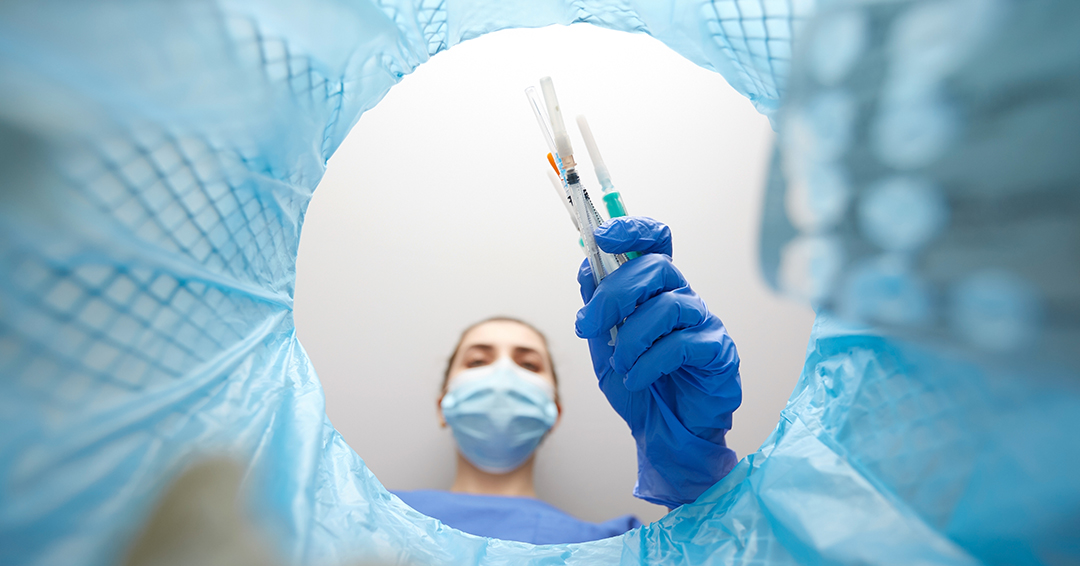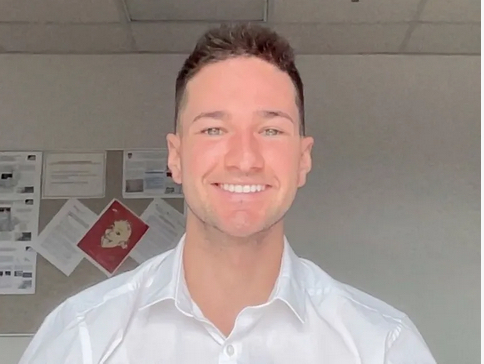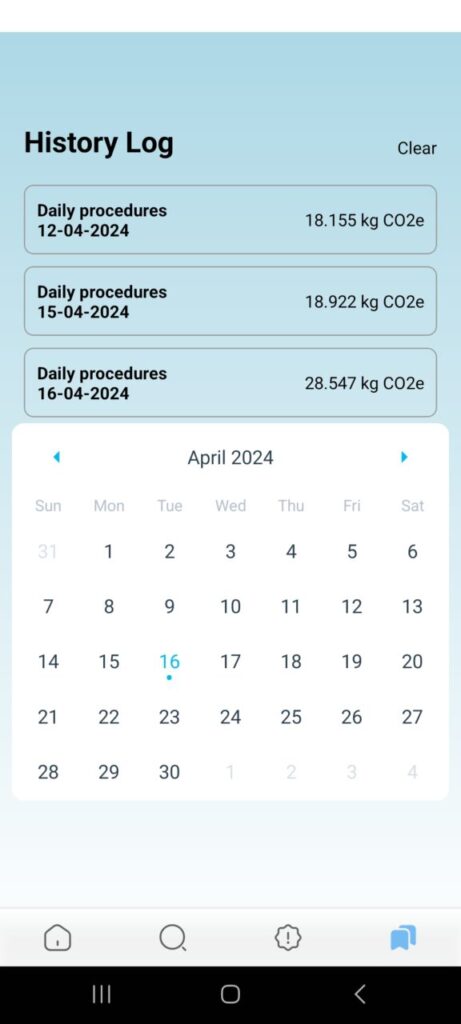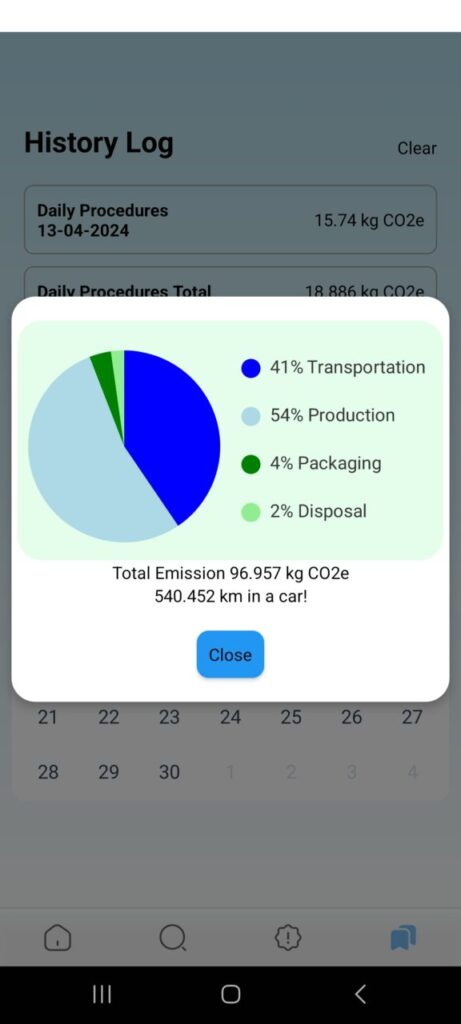
Smartphone app tracks environmental impact of volatile anesthetics as well as other medical waste like gloves and syringes to reduce greenhouse gas emissions. “To our knowledge, not too many people in Canada have attempted to quantify these emissions,” says ITAG team.
McGill University’s Intelligent Technology in Anesthesia research group (ITAG) has developed a smartphone application called the ITAG Green House Gas (GHG) Calculator, to help minimize greenhouse gas emissions caused by the healthcare sector’s use of anesthesia as well as medical waste like syringes and personal protective equipment (PPE), such as masks and gloves.
According to a 2023 report in The Annals of The Royal College of Surgeons of England, medical devices and consumables are the greatest contributor to the healthcare sector’s carbon footprint, ranging from 73.3% to 86.8% of the total. The Lancet’s Countdown 2019 Policy Brief for Canada on heath and climate change found that Canada’s health sector is responsible for 4.6% of the country’s total greenhouse gas emissions. The journal recommends that Canada “make health a key consideration in all climate-related policy and ensure that the country’s commitments represent its fair share of emissions reductions under the Paris Agreement.” In a recent commentary, Canadian Medical Association President Kathleen Ross suggested that governments and healthcare leaders “work to ‘green’ the health system to help reduce our own carbon footprint. We cannot afford to wait any longer for bold action.”

The development of ITAG’s Green House Gas Calculator began with looking at types of general anesthesia that use volatile anesthetics, halogenated chlorofluorocarbons or fluorinated hydrocarbons, all of which damage the earth’s ozone layer. “In the case of anesthesia used in surgery, we developed calculations and simulators, and in the last couple of years we have focused more and more on artificial intelligence to help us deal with evaluating environmental issues,” says Thomas M. Hemmerling, MD, group leader and Professor in the Department of Anesthesia. “The idea was basically to combine looking at the environmental impact of things we do and use in the healthcare system, and try to use AI to minimize the carbon footprint. That meant looking at all sorts of things that we use, not just in anesthesia, but also consumables that physicians and other healthcare providers use. We then added a tracking feature to the application, which you can download onto your iPhone or Android.”

Developing the application required the expertise of ITAG’s electrical and computer engineering students. One of the main developers is experimental medicine graduate and ITAG research associate Sean Jeffries, who provides a roadmap of the project. “We started with anesthetic gases and looking at how can you potentially lower the greenhouse effect of those gases because they’re very volatile,” he explains. “What essentially happens is if you don’t use all of it in the procedure, you actually need to incinerate the product, because it produces a lot of CO2. Then we asked ourselves, what can we do to lower the footprint in other aspects of medicine because this must be going on all around the hospital network. So, we looked at PPE throughout the COVID pandemic and we isolated different things such as syringes, masks and gloves.”

To use the ITAG Green House Gas Calculator, health professionals scroll through a display of items and choose the products used in a procedure or treatment, and add them to a history log. “The idea is that once you have enough data accumulated you can understand what factors and what products are contributing the most to the carbon footprint of the hospital,” Jefferies notes. “If we know that we can look at what are some alternative solutions that would lower that carbon footprint. For example, if we have gloves that are being used unnecessarily, maybe let’s send a memo out that says we have data that suggests hand sanitizing procedures instead of using gloves when there are no open wounds. The idea isn’t to shame people and say look at how much you’re using, it offers solutions as well. And we can continually update the app with solutions, and that’s where the AI will come in, using the collected data to point out the most carbon-efficient way to go about your procedure.”

Jeffries says the app will spark further discussion about the carbon footprint of the health sector. “To our knowledge, not too many people – certainly not in Canada or Montreal – have attempted to quantify these emissions. We know they’re there, but this gives you actual solid numbers on it and then can help you identify where the problems are coming from.”
Having sufficient data on the optimal treatment approaches that aim to minimize carbon footprint will benefit healthcare delivery and the environment, Dr. Hemmerling says. “The more data you have, the better prepared you will be to make decisions that have positive outcomes. If you don’t know how what you create has an impact, you will probably not change your practice, but the more you know, the more you will think about it and the more you will probably come up with environmentally-friendly solutions.”
The ITAG GHG Calculator, which includes regular updates, is available to the public free of charge at Google Play and Apple App Store.
Related:
ITAG lab: https://www.itaglab.com/
Canada’s health system is among the least green (CMAJ)
